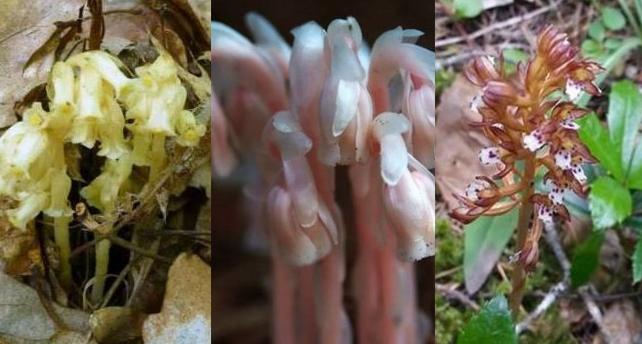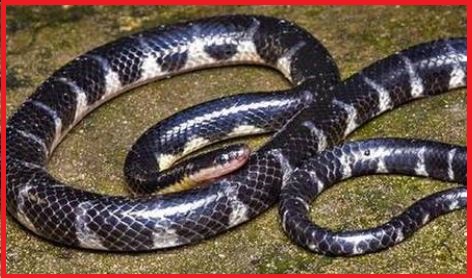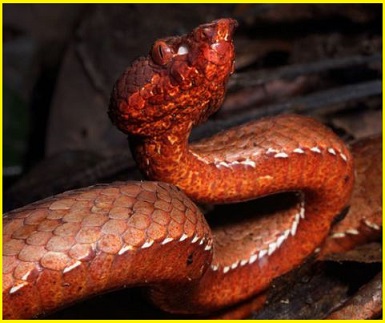Updated By: LatestGKGS Desk
Plants Nutrition: Definition, types, methods, role of photosynthesis in nutrition

Autotroph & heterotroph plants, types of nutrition, procedure, significance
Plants who can make their own food are known as autotrophs. But, there are few plants who cannot and are called as heterotrophs. The process by which plants make their own food is called photosynthesis. The photosynthesis process occurs largely in the leaves of the plant which are known as the ‘kitchen of the plant’. In some cases, even the stems have the potential to perform photosynthesis.
Heterotrophic Nutrition in plants:
Holozoic Nutrition:
After extraction of useful components, every other unwanted and indigested particle is excreted out. Other holozoic organisms are animals like cat, deer, dog etc. and also amoeba.
Parasitic Nutrition:
Organisms which feed on other organisms by deriving out nutrients from other animals (hosts) are called parasites. Parasites extract the nutrients from the host and are harmful to their health, sometimes they even kill the host. Both animals and plants may serve as host.
Saprophytic nutrition: it is a process of chemoheterotrophic extracellular digestion involved in the processing of decayed organic matter.
proteins are broken down to amino acids due to the breakdown of peptide bonds by proteases.
lipids are broken down into fatty acids and glycerol by lipases.
starch is broken down into disaccharides by amylases.


